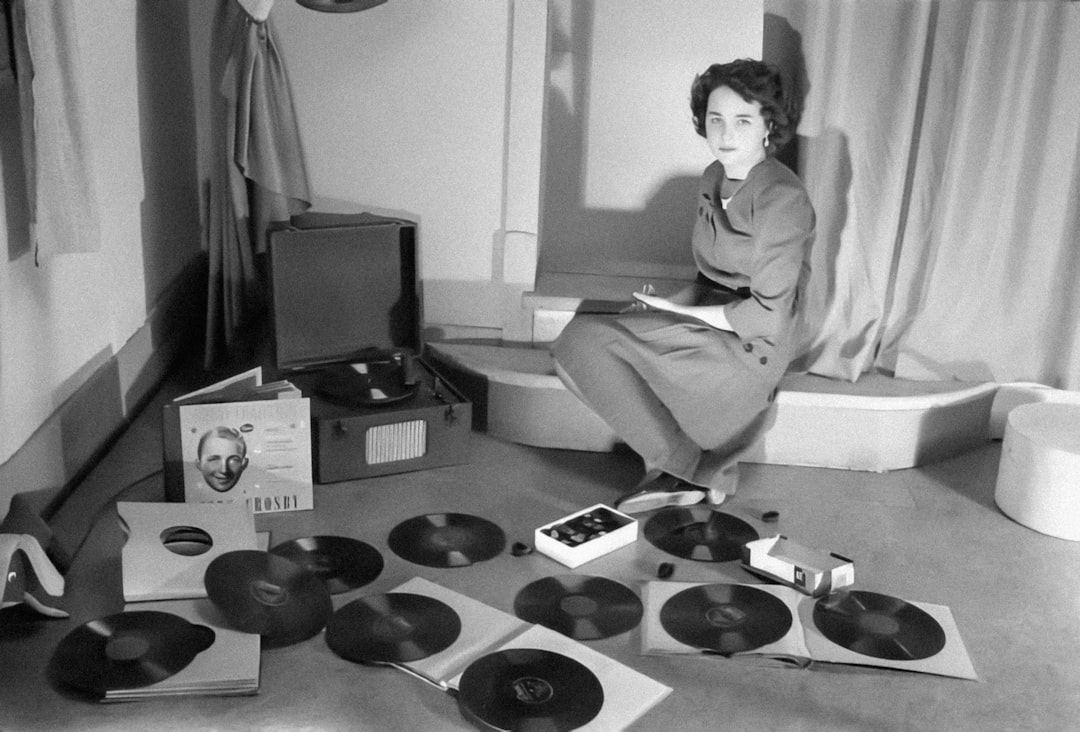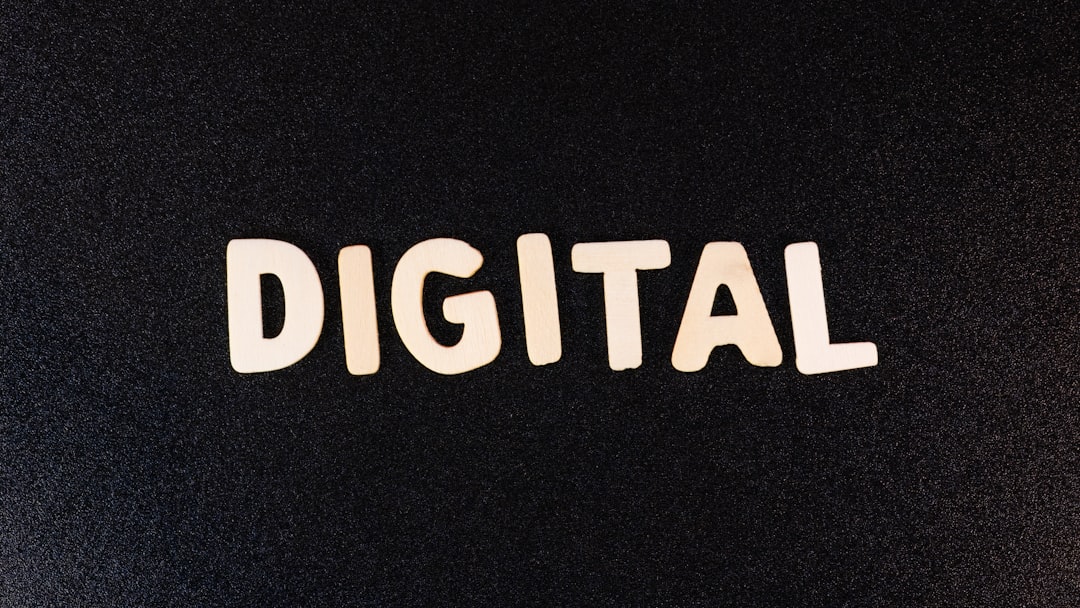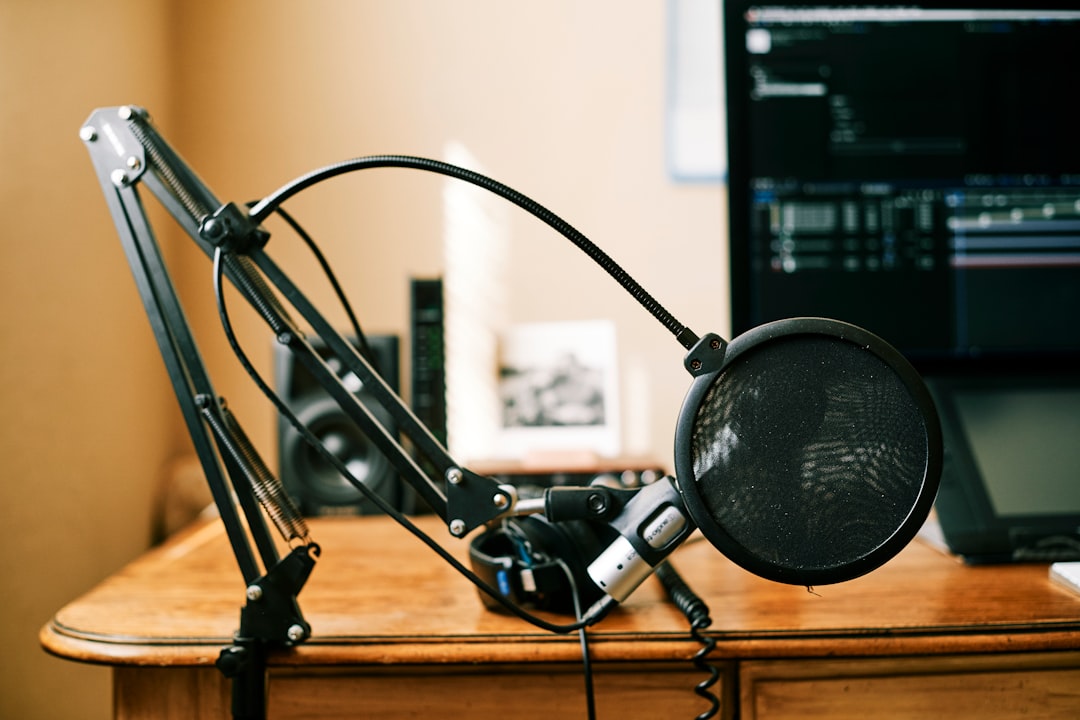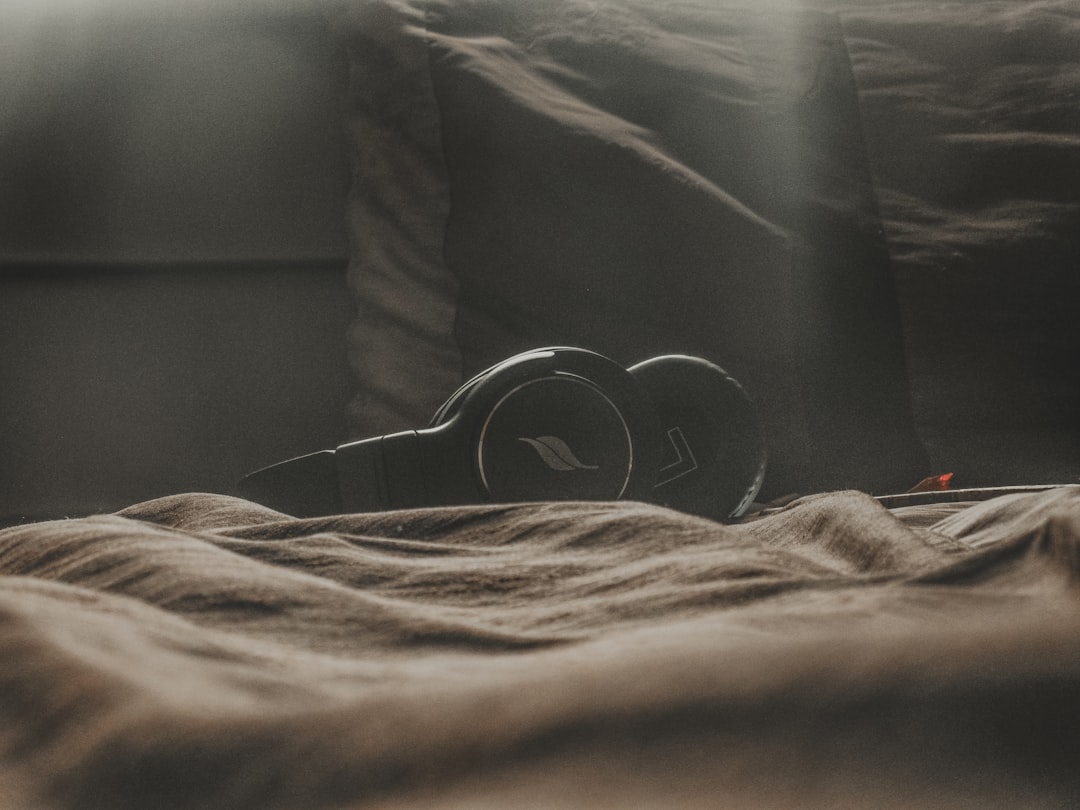My Guide to the Evolution of Audio Technology (from Vinyl to Streaming).
My Guide to the Evolution of Audio Technology (from Vinyl to Streaming)
As someone who has spent countless hours immersed in music, from carefully dropping a needle onto a spinning record to curating playlists on the fly, I’ve witnessed a remarkable transformation in how we consume audio. It’s more than just new gadgets; it’s a story of innovation, changing habits, and an ongoing quest for the perfect sound. This isn’t just a historical recount; it’s my personal guide through the technological shifts that have reshaped our listening experience, from the tangible charm of vinyl to the boundless convenience of streaming.
Join me as we journey through the captivating evolution of audio technology. We’ll explore the monumental leaps, the subtle shifts, and the enduring legacies that have defined our relationship with music, sound, and the devices that bring them to our ears.
The Warm Embrace of Analog: Vinyl’s Enduring Legacy
Before the digital age, before even the humble cassette, there was vinyl. Records weren’t just a medium for music; they were an experience, a ritual. The very act of taking a record from its sleeve, carefully placing it on the turntable, and dropping the needle felt like a communion with the artist. The crackle, the warmth, the tangible grooves – these weren’t imperfections but integral parts of the magic of analog sound.
Grooves and Needles: The Mechanics of Sound Capture
The science behind vinyl is elegantly simple yet profoundly effective. Sound waves are physically etched into the grooves of a vinyl record. A stylus (or needle) then traces these undulations, converting the physical movement back into electrical signals. These signals are amplified and sent to speakers, recreating the original sound. This direct, physical translation is what many audiophiles cherish, believing it offers a truer, more “natural” sound profile, free from the digital manipulations that would come later.
The Ritual of Listening: A Mindful Experience
Listening to vinyl was, and for many still is, a deliberate act. It required attention and care. You couldn’t skip tracks with a flick of a finger; you had to lift the tonearm and carefully reposition it. This deliberate pace fostered a deeper connection to the music, encouraging listeners to engage with albums as complete works, as artists intended. It was a time when album art was paramount, liner notes were pored over, and the entire package contributed to the immersive experience. Even today, with all our modern conveniences, vinyl sales continue to surge, a testament to its enduring appeal and the unique listening experience it offers.
The Digital Revolution Begins: From Tapes to Shiny Discs
While vinyl held its ground, the seeds of a new era were being sown. The demand for portability and convenience began to drive innovation, leading us away from the purely mechanical reproduction of sound and towards magnetic and then optical storage.

Cassettes: Portability’s First Step
The compact cassette, introduced by Philips in the early 1960s, was a game-changer for personal audio. Suddenly, music was portable. The Walkman, launched by Sony in 1979, cemented the cassette’s place in history, allowing millions to take their music with them wherever they went. While the sound quality often suffered from tape hiss and degradation over time, the sheer convenience and the ability to create personal mixtapes fostered a new culture of sharing and individualized listening. It was the first true step towards ubiquitous, on-the-go music access, paving the way for everything that followed.
CDs: Crystal Clear Sound for the Masses
Then came the Compact Disc (CD) in the early 1980s, a true revolution. Co-developed by Philips and Sony (you can read more about the history of the compact disc), the CD promised “perfect sound forever.” Unlike vinyl’s analog grooves or cassettes’ magnetic tape, CDs stored music digitally as a series of ones and zeros. This meant no surface noise, no tape hiss, and no degradation from repeated plays. The sound was crisp, clean, and offered a dynamic range previously unheard of in home audio. CDs rapidly became the dominant format, driving record labels to re-release entire back catalogs and consumers to eagerly upgrade their collections. They offered robust durability and precise track access, further enhancing the listening experience and setting the stage for digital audio’s dominance.
Sound Goes Portable: The Rise and Reign of Digital Files
The digital foundation laid by the CD soon led to an even more profound transformation: the dematerialization of music itself. No longer bound by physical media, music became data, ready to be stored, shared, and played on an ever-increasing array of devices.
MP3s: Compression for the Masses
The advent of the MP3 format in the mid-1990s (developed by Fraunhofer IIS, explore the origins of MP3 technology) was a pivotal moment. MP3s used digital audio compression to drastically reduce file sizes, making it feasible to store hundreds, then thousands, of songs on a single device. While this came at the cost of some audio fidelity – MP3s are “lossy” formats, meaning some data is permanently removed – the trade-off for portability and storage capacity was irresistible. The rise of peer-to-peer file sharing platforms also played a controversial but significant role in popularizing MP3s, challenging traditional music distribution models.
The iTunes Era: Owning Your Digital Library
Apple’s iPod, launched in 2001, combined with the iTunes Music Store, revolutionized how people acquired and managed their digital music. The iPod made carrying an entire music library in your pocket a reality, while iTunes offered a legal, user-friendly platform for purchasing individual tracks and albums. This era cemented the idea of “owning” digital music files, providing a seamless experience from purchase to playback. It was a powerful ecosystem that demonstrated the immense potential of digital distribution and personal music management.
The Infinite Jukebox: Streaming’s Ubiquitous Soundscape
The internet’s increasing speed and ubiquity set the stage for the next, and arguably most transformative, leap: music streaming. The concept shifted from owning music files to accessing a vast library on demand.
On-Demand Access and Curated Playlists
Streaming services like Spotify, Apple Music, and Tidal have fundamentally changed how we interact with music. For a monthly subscription, listeners gain access to millions of songs, eliminating the need to purchase individual tracks or albums. This “all-you-can-eat” model has fostered unprecedented musical discovery, driven by sophisticated recommendation algorithms and user-created playlists. It’s an infinite jukebox, always accessible, always fresh. The convenience is unparalleled, allowing music to seamlessly integrate into every aspect of our lives, from commuting to working out, often dictating the soundtrack to our daily routines.
The Quest for High-Resolution Streaming
As internet speeds have improved and storage costs have plummeted, the focus has shifted back to audio quality. Many streaming services now offer high-resolution audio options, including lossless formats like FLAC and even studio-quality master files. This move aims to bridge the gap between the convenience of streaming and the fidelity cherished by audiophiles, providing a listening experience that rivals or even surpasses physical media. The ongoing competition among platforms and device manufacturers continues to push the boundaries of what’s possible, balancing accessibility with sonic excellence.
Beyond the Wires: What’s Next for Our Audio Journey?
The evolution of audio technology is far from over. We’ve come from physical grooves to digital waves, but the future promises even more immersive and personalized experiences. Wireless technologies continue to advance, with Bluetooth codecs offering increasingly better fidelity, and Wi-Fi streaming becoming the standard for home multi-room audio. Spatial audio and immersive soundscapes are gaining traction, promising to place listeners “inside” the music rather than just listening to it. Think of sound that adapts to your environment, or music personalized not just by genre but by your emotional state.
The journey from vinyl’s tactile charm to streaming’s boundless library has been incredible. Each step has brought new compromises and new triumphs, shaping not only how we listen but also how artists create and distribute their work. As technology continues its relentless march forward, one thing remains constant: our




Post Comment